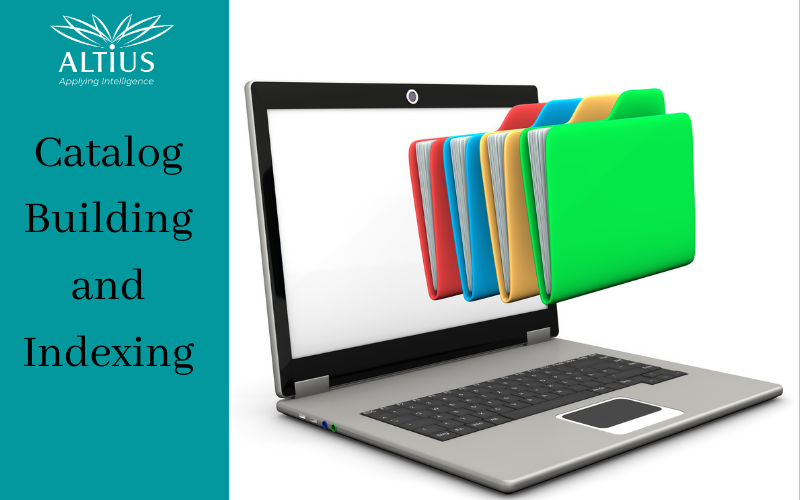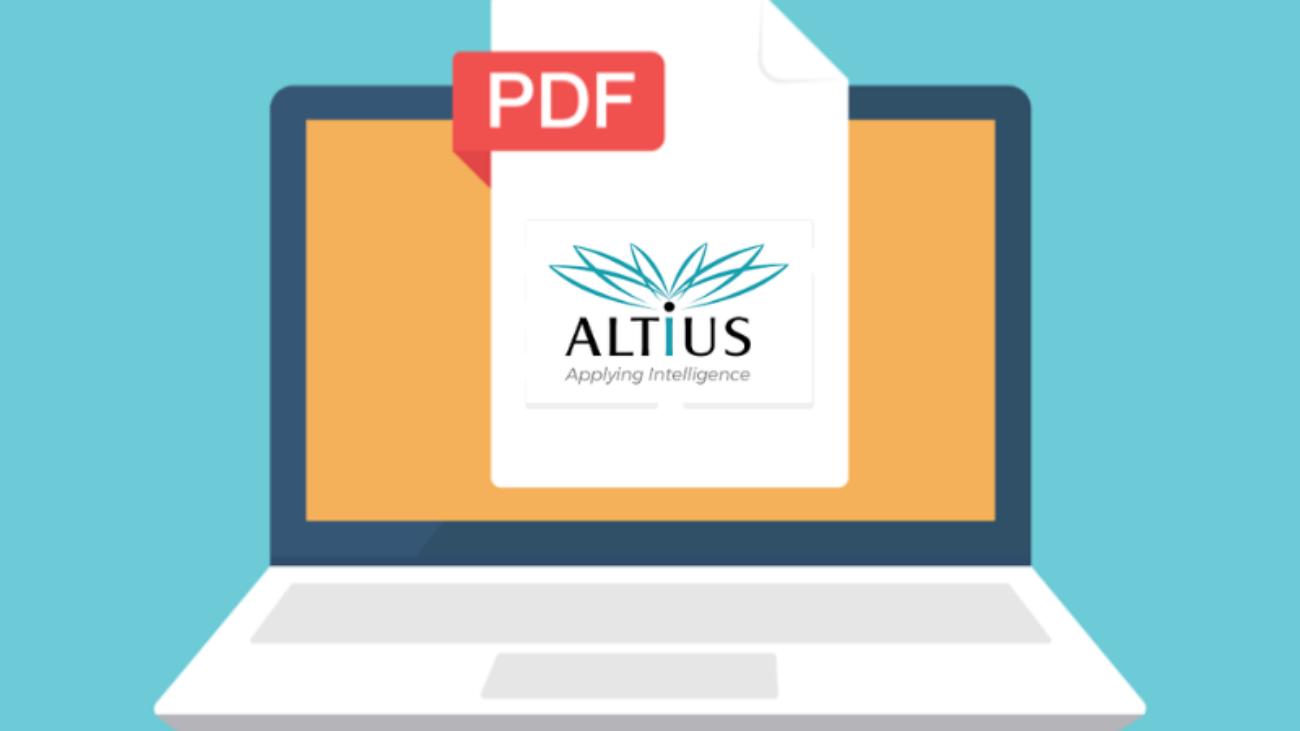test..
How to Write Product Descriptions that sell: Tips with examples

Everyone knows the importance of good product photos on your website, but when it comes to buying decision, words become will equally important in giving context to your images and pushing customers to buy. Here the role of product description comes in. A well written product description has the power to move your customers through your sales funnel. The product description helps fill in the gaps to determine whether or not the product is the right fit for the customer.
What is a Product Description?
A product description is a copy that describes the features and benefits of a product to a customer. The goal of the product description is to provide the customer with enough information to compel them to buy the product immediately. Product description helps in educating customer, on the key benefits, unique value of the product and helps to increase your sales and build customer trust.
Many websites need product description along with product image. Some need only main points of description and some website may convert with no copy at all. There are several factors as to why the product description didn’t help in conversions. it’s possible they weren’t written correctly for the audience, they were placed in a less visible area or were written in wrong format.
Why you need a Product Description?
Product descriptions help improve your search engine (SE) ranking. Optimizing your product description with specific keywords help improve your ranking position on Google. Product description educates your customer on the product, by offering information on the product that the picture can’t do on its own. For example, by looking at a laptop picture, you wouldn’t buy it. As a shopper, you want to know the features and technical specification of a laptop. By providing customers with key product information, you try to build customer service inquiries. It helps the customer to know whether that product is good for them or not.
Tips for Product Description that sells:
#1. Informative content :
To make purchasing decisions, people need information. An important reason, consumer visit product pages are to learn more about product features. Excellent product description can help people find exactly what they are looking for. The best product description writing focuses on :
- What is the product?
- Who is it designed for?
- Why do customers need it?
- How can people use it?
Just to woo customers, fancy language can’t compete with real information.
Example :
Dewalt product description has a lot of helpful information in a compact paragraph. Dewalt explains exactly why you would want to buy this drill. It is compact and lightweight. It has a long-lasting battery and offers excellent performance. In less than 30 seconds, the shopper has a good idea of this product. Tabs are best for providing a lot of information without cluttering up the screen.
#2. Simple and clear Product Description :
Customers like simple, clear and to the point content. For instance, product like sweat shirt doesn’t need multiple paragraphs to be written on it. Some product pages work wonders with single worded phrases.
Example :
customer who want to buy coat “complete storm protection”. These words are easy to understand and express the clear concept. Adventure lovers discover the jacket of their dreams in one sentence. If consumer decide to look for more information, what they know is just as clear as the main description.
See Nike shoe product description. “Cushioned, comfort, customized”. Run the streets in Nike. We got all the basic features and necessary info put in just one sentence.
#3. Know your target audience :
While writing product description you should be able to define which features would be of most interest to your potential buyers. This begins with understanding your “buyer’s persona”. Your buyer persona will help you understand which features will be most valuable to your customer. While writing your product description , certain questions you should keep in mind :
- How did this person arrive to your page ?
- What are his/her interest ?
- What features or benefits would interest this person more ?
With the help of these questions you will be able to write a better product description that sells.
Example :
The natural Himalayan salt lamp – light color.
Description : natural shaped Himalayan salt lamp made of 100% pure Himalayan salt rock. A gorgeous addition to naturally ionize and refresh your space. It purifies the air of your environment reducing dust and allergens from the air. May help in curing symptoms of allergies, asthma and headaches.
Here the buyer persona is interested in all natural remedies for the home , especially to allergies. The potential buyer would be interested in learning about these remedies rather than focus on decorative feature of the lamp.
#4. Focus on product benefits :
As an e-store owner , you would like to show that your product has best quality and the most unique features. Most of the customers want to know- how a particular product can benefit them. A product benefit tells how the product helps in increasing the standard of living of the customers.
Example : The natural Himalayan salt lamp.
Description : natural shaped Himalayan salt lamp made of 100% pure Himalayan salt rock. A gorgeous addition to naturally ionize and refresh your space. It purifies the air of your environment reducing dust and allergens from the air. May help in curing symptoms of allergies, asthma and headaches.
The product benefit includes purification of the environment, by reducing allergens from the air. They clearly outline the benefits of the product rather than focusing on the decorative feature of the lamp. Translating features into benefits like this will be a better product description that sells.
#5. Optimize search engine :
Search engine optimization (SEO) is the easiest way to attract new customers to your page. It’s true that high-quality content does wonders for search engine rankings. Optimization begins with keywords which are usually the search term that buyers use to find the product.
Example : “women black dress pants” , is a keyword that could easily be optimized in your online store. With a quick search for women’s black dress pant, you will see results include some variations of the keyword. When we click on one of the listings on the first page , we can see how Google uses this keyword on their site to appear in the search result. For best SEO results place your keywords in your
- Page titles.
- Meta descriptions.
- Image tags.
- Product descriptions.
This will be your product easily searchable for those who are browsing for your product.
#6. Use good product images :
Even if master product description writing, you must still have quality images to go with it. As pictures say more than words, no product description is complete without one or more pictures. Before reading a single word, seeing the image the target customer already feels connected with the product.
Example : Veta mix , a brand that sells grade blenders uses quality images and videos on its product page to help make the sale. You will also notice that they list the benefits within very short product description. By showing what blender is capable of in technicality and look wise the customer starts imagining of having this blender at home.
Pull up :
The main aim is that your product description shouldn’t push your product so much as it will ignore the main points about why it will improve your standard of life. Keep your product description simple and easily understandable. It should be customer engaging and answer the queries of the visitors. Create a product description that moves people to action.
Meaningful Analysis using Product Attributes

Product attributes are considered to be a concrete means of analysis of any product. For an eCommerce business, this plays an important role in analysis since the attributes define the product qualities in a meaningful way. It also describes the inherent characteristics and qualities of a product; which consumers tend to give importance to.
Attributes are what distinguishes products from each other. It includes product aspects like color, size, flavor, package type, and so on. Attributes hold significance for the consumers because it determines their purchase decision. For the business, it offer a structure and help in creating product categories. Many times, it defines the products’ competitive set as well.
In an eCommerce business, if we take products as an example, then the largest level is a category and the smallest is an item. There are several levels between category and items which are defined by them. Different attributes allow you to define various product segments and helps you to stay updated as per trend. This also makes it easy to identify the potential growth opportunities.
All the product database items are coded with different attributes. Some of them are unique to the products, for example – food and beverage products have flavor as an attribute, while personal care products have a scent as an attribute. These attributes are generally not interchangeable. Some of them are applicable to all products, such as manufacturer, brand, category, size, and so on. Once you are sure of the list of attributes, you can analyze their performance depending on what holds importance for the business and for the consumers.
Some examples of meaningful analysis using product attributes include:
1. What is the performance of the different brands and manufacturers?
2. What is the relative pricing between sizes?
3. Are multi-serve packages more famous than single-serve packages?
4. What is the competition between different types of containers? E.g. cans or bottles
Product attributes are generally available at the item level only. They do not apply at the level of total products. Although attributes are important, one cannot rely completely on them. This is because of keeping consumer behavior in mind. They might not necessarily be what the company wants. In addition, not all categories use the same unit of measure for an attribute. For example, for size attributes, different manufacturers may use different units of measures.
One must remember that attributes are related to product values and consequences. The combination of consumer behavior and sales patterns helps the business to determine this framework.
eCommerce Catalog Building and Indexing Services

Catalog building and indexing are important aspects for an eCommerce business as they help to display a company’s product list effectively. Having a good product catalog and index enhances the overall shopping experience and enables faster decision-making of the customers. Most often eCommerce companies tend to look for comprehensive, affordable catalog management services. Therefore, Outsourcing catalog building and indexing services is the best option for such companies.
Here are some advantages of outsourcing catalog management services:
- Eliminates any possible product data discrepancies
2. Saves time and efforts of the client company and increases productivity
3. Client receives online and offline product catalogs
4. Highlights product list and increases customer appeal
Catalog building and indexing services enhances a business’s product offerings and expands the scope of their catalog allowing it to reach various marketing channels. Therefore, a carefully organized catalog helps customers, employees, shipping deployment centers, and internal operations keep the track of products, inventory levels, pricing and details.
Several eCommerce business solution providers offer catalog building and indexing services through their catalog management system. These services are required by B2B as well as B2C companies. Certainly, based on the paper product catalogs available and other details provided by the client, a dedicated team starts to create the online product catalog. Hence, the team consists of catalog building experts who analyze and categorize the products under a specific hierarchy. Thereby, ensuring that the products appear in the search results while customers browse over the internet. The end result is an attractive digital brochure that has error-free data in a presentable manner.
In the process of catalog indexing, a team of catalog indexing professionals work to customize digital templates for the catalogs. The existing information is then enriched with the help of alphanumeric codes, graphs and tables, images, text, dimensions, available quantity, attributes, MSRP, and other relevant elements.
The team works to attract customers’ attention and to make the website more appealing. Therefore, the product catalog is created using appropriate headings and subheadings that have the apt keywords for effective search results. Once the catalog is ready, the team checks for any possible errors and accuracy and submits it to the client company.
Catalog building and indexing offers several benefits to the eCommerce business:
- Helps to manage the resources optimally
2. Efficiently reduces costs
3. Increases accuracy
4. Improves customer experience
5. Helps to update the key performance indicators
6. Improves quality catalog offerings
Product catalogs continue to be an important marketing channel for every eCommerce business. As a result, Customers come to know about the latest offerings and any promotional offers given by the organization. Hence, Considering the competitive environment of eCommerce, building an effective product catalog on a timely basis and keeping it updated with accurate information becomes a crucial task for any business.
Top Three Reasons to Normalize Your Data
Data Normalization
Most businesses focus on data cleanliness. Having accurate data helps to segment customers and analyze the data in terms of marketing in order to engage the brand further. There are a number of reasons to normalize your Data. This facilitates the entire data cleaning process and keeps the customer data clean and organized. Without data normalization one may face several types of data errors.
Data normalization is the process of restructuring the data to ‘normal’ in terms of data integrity. It is a key part of data management that can improve data cleansing, lead routine, segmentation, and other data quality processes.
Data normalization makes the data look clean, organized, easy to read and navigate through, and uniform across the entire customer database. Normalization includes standardization of specific fields in the customer database which brings uniformity.
In addition, here are the top three reasons to normalize your data.
1. Identifying Duplication of Data
Data duplication is a crucial problem that companies face and getting rid of duplicates is an important part of data management. Data duplication can hinder the overall customer experience. Customers may receive the same data more than once which is not very appealing. It not only impacts the sales and marketing aspects of the business, but also increases data storage cost. Normalization makes it easier to locate and eliminate the duplicated data.
2. Improving Lead Scoring
Lead scoring is defined as the process of assigning a value to specific leads in the CRM so that you can identify and grasp potential opportunities. Effective lead scoring is dependent on high-quality data and effective segmentation. For example, a B2B company will assign value to its specific leads based on the job titles as a variable. Moreover, proper segmentation is not possible without normalization. This will impact the values and business might lose out on the best opportunities. Data normalization enhances data quality and improves the process of lead scoring.
3. Reduce Response Times through Normalization
In B2C companies, customers expect faster response time for their queries. Having to feed in thousands of names along with their responses can often be time-consuming. In order to achieve an organized data, companies must have a perfect internal administration team and must use the data normalization tools. Data normalization ensures reduced response times and well-structured data.
There are specific tools that can identify standardization issues and assist in the data normalization process. And also these tools analyze the existing customer data to generate an assessment report. So, based on the report, multiple categories are assigned to help companies normalize and standardize their customer data. This is an ongoing process, which means that the business can track and fix the standardization issues as they arise. In addition, the number of data normalization errors can be limited, resulting in a high-quality customer database.

